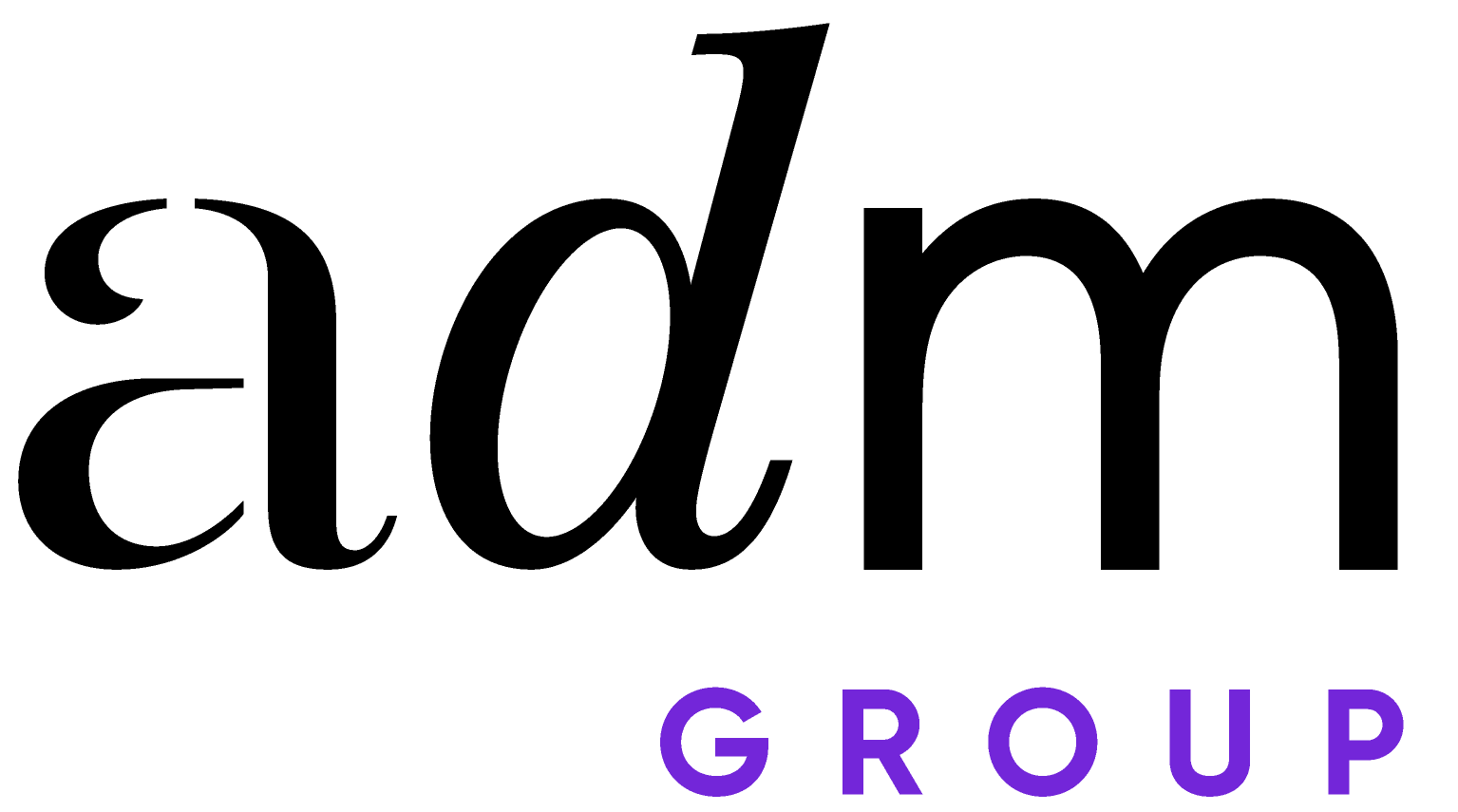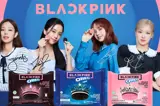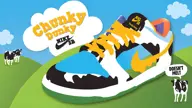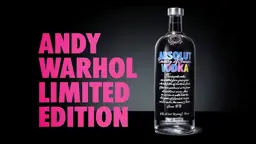The rise and rise of brand collaborations
2 minute read
Brand collaborations are nothing new – examples go as far back as 1924 when artists began collaborating with winemakers to create unique and eye-catching labels for wine bottles.
Today, we see collaborations between brands, artists and celebrities regularly, the most commonplace being within the lifestyle, fashion, beauty and alcohol sectors.
Consumer data shows that collaborations are particularly effective with Gen Z and Millennial consumers, with 60% reporting that they have purchased special edition releases, and this figure is still impressive at 40% for Gen Xers (Shopmium, 2021).
What is a brand collaboration?
Brand collaborations are an effective way for businesses to extend their reach, expand into new markets and reach new audiences. Collabs that work well are aligned with the consumer's perception of the brand and feel authentic. They bring an experience or product that feels exciting, valuable or unique to brand loyalists. Ultimately, they serve and delight the consumer, and in turn, benefit both brands.
How do they work?
Collaborations happen between brands in different sectors, with brands and their competitors, brands and influencers, brands and artists or brands and non-profits. The most common are between brands in different spheres, but all can provide tangible benefits for both collaborators.
What are the benefits?
Successful collaborations bring a multitude of benefits:
- Extended reach
- Exclusivity driving demand and hype, leading to increased media coverage
- Increased sales
- Improved brand perception and reputation
Types of brand collaborations.
Co-marketing.
Co-marketing is a partnership between two brands that work together, promoting their own products or brand as part of a joined-up campaign, such as Volvo and Lego’s partnership. Volvo has been named as the official car of Legoland, giving both brands access to each other’s audience with their combined promotions.
Co-branding.
Co-branding is the fusion of brand identities to create unique logos, color schemes, and other brand identifiers. Take, for example, Nike and Tiffany’s co-branded trainer with the iconic Swoosh in Tiffany blue, complete with a shoe box in Tiffany’s signature style.
Both co-marketing and co-branding give brands a cost-effective way to reach their desired outcomes. They allow brands to boost awareness, reach new consumers, expand brand reach and build trust. Done right, they can ensure the mutual success of both brands involved in the partnership.
How can brands get it right?
The right partner.
Not all collaborative campaigns are a success. The first step is choosing the right partner. Authentic pairings that feel like a natural fit do particularly well with Gen Z and Millennials, but forced pairings can do more harm than good, alienating either, or both, of the brand’s original consumers.
The right price.
Consumers want the opportunity to own, or experience, something rare, at a reasonable price. Pairings between high street and luxury brands work well when the pricing strategy works for the consumer. H&M set a strong benchmark for this, having collaborated with the likes of Moschino, Alexander Wang, Versace and Balmain, releasing designs that are unique and desirable, while still being accessible to their target consumer.
The drop.
Embrace the culture economy to create hype. A product ‘drop’ has the potential to be a peak brand moment, and many successful launches are sold out within hours. The Chunky Dunky Nike created in collaboration with Ben & Jerry’s sold out almost immediately as fans were prepared and ready to get their hands on the limited-edition design as soon as they were released.
Examples of the most successful brand collaborations:
1. PepsiCo & Peeps
First launched in 2021, the partnership between the beverage giant and US-based confectionery company proved so successful that Peeps flavoured Pepsi was re-released in 2023 as part of a limited edition run.
2. GoPro & Red Bull
With both brands appealing to consumers with adrenaline-fueled sports marketing campaigns, it is unsurprising that this proved to be an incredibly memorable and successful partnership, with collaborative campaigns like the iconic space skydive of Felix Baumgartner.
3. McDonald's Celebrity Meal McDrops
4. Target & Lily Pullitzer
The 2015 collab between the high-end brand Lilly Pulitzer and retailer Target was so popular thatTarget's website crashed during the promotion as fans tried to get their hands on the limited-edition drop that sold out within minutes.
5. Absolut vodka & Andy Warhol
Absolut's collaborations date back to the 1980s when artist Andy Warhol was inspired to paint the iconic bottle, and many legendary names have added their artistic touch since, including Stella McCartney, Tom Ford and Lenny Kravitz.
Want to know more?
adm Group can help brands get brand collaboration management right. We have supported brands in the FMCG, Beauty, Luxury, Beverages and Hospitality sectors, whether starting from ideation, or working with existing brand partnerships.
We are involved throughout the value journey to drive governance of spend, using our bespoke technology that allows agencies and brands to collaborate, and to help manage the complexity of multiple stakeholders.






